A show of early Ettore Sottsass ceramics unites two titans of 20th-century design
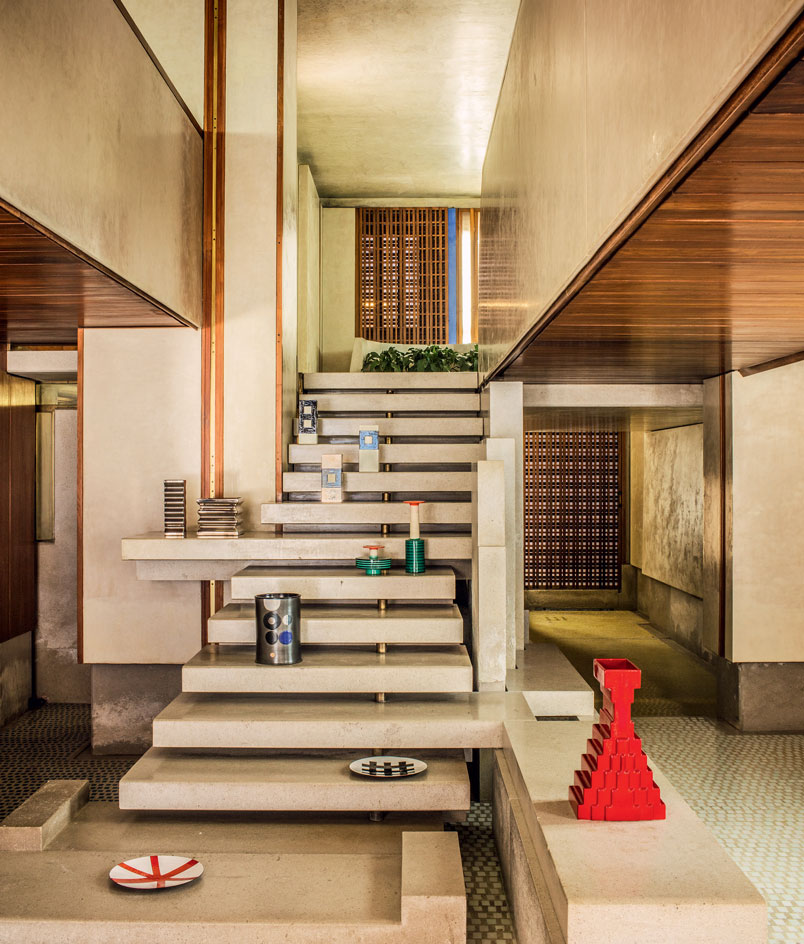
It’s a concrete Valhalla, concealed behind the arches of Piazza San Marco in Venice. The Negozio Olivetti, once a showroom for the company’s typewriters and calculators, designed by its erstwhile art director Carlo Scarpa in 1957-58, and now a museum run by FAI (the Italian Environmental Foundation), is an architectural treat. It’s one that the French architect and design-art collector Charles Zana never tires of visiting.
‘The staircase is possibly one of the most Instagrammed pieces of architecture,’ he says. It was while caressing the concrete balustrades of the interior during 2015’s Venice Art Biennale that Zana struck on the idea of introducing the space to a new crowd – the Biennale art-trippers – by combining it with the work of Ettore Sottsass, another of his design heroes (and another one-time Olivetti art director, who created the brand’s first computer, alongside its Valentine typewriter). The subject of the four-month exhibition this year would not be Sottsass’ Memphis masterpieces of the 1980s, but his early work with ceramic, when the painter manqué, who forewent his first love of art to follow his father into architecture, started applying his painterly eye to terracotta, mixing colour and decoration with structure and form in an original way.
‘Ceramics is a very important part of Sottsass’ work, maybe the best thing he did, but it’s only known by a few collectors and museum directors,’ Zana says. He has been collecting the ceramics since 2000, alongside the work of Andrea Branzi, Alessandro Mendini and Michele De Lucchi. They’re Memphis stalwarts, but it’s their early work, the Alchimia movement, that attracts him. ‘They moved the frontier between art and design – design became a way to rethink society, colours, the furniture industry, comfort,’ says Zana, who trained at Paris’ Beaux-Arts in the mid-1980s, and developed a practice combining architecture with interior design.
Zana takes particular interest in Sottsass’ work from the late 1950s, when he was producing collections with Bitossi for Milan gallery Il Sestante. ‘He had discovered terracotta and was exploring techniques linked to early Italian civilisation, mixing them with modern design,’ says Zana. ‘He would do a collection every year based on his mood. So when he was in a dark place he did one called Ceramiche Delle Tenebre (ceramics of darkness), for example, something very new for that time.’
For this exhibition Zana is lending ten to 12 of his own pieces and has persuaded other private collectors to lend theirs, making a total of around 60. The pieces cover 1955 to 1970, from Sottsass’ early forays for Il Sestante to his graphic Tantra and Yantra collections inspired by excursions in India. ‘This is going to be a fantastic way for people to take in two things you wouldn’t usually see together,’ says Zana of his subject and location. ‘It’s very emotional for me to think that the two architects I respect the most in the 20th century were working for the same company. It’s an homage to the two former art directors of Olivetti.’
As originally featured in the May 2017 issue of Wallpaper* (W*218)
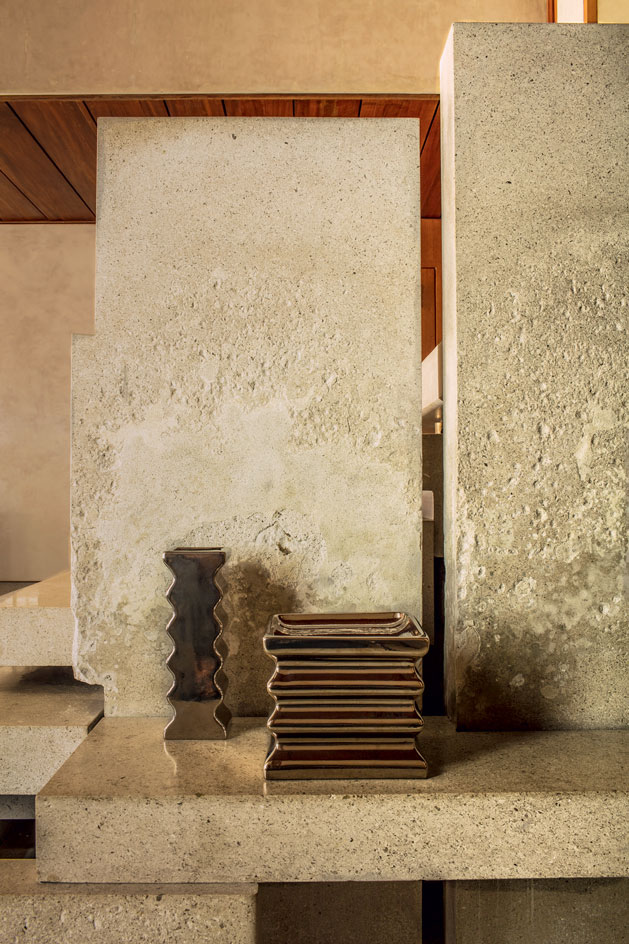
’Vasi O Onde’, 1969, originally exhibited at Milan gallery Il Sestante
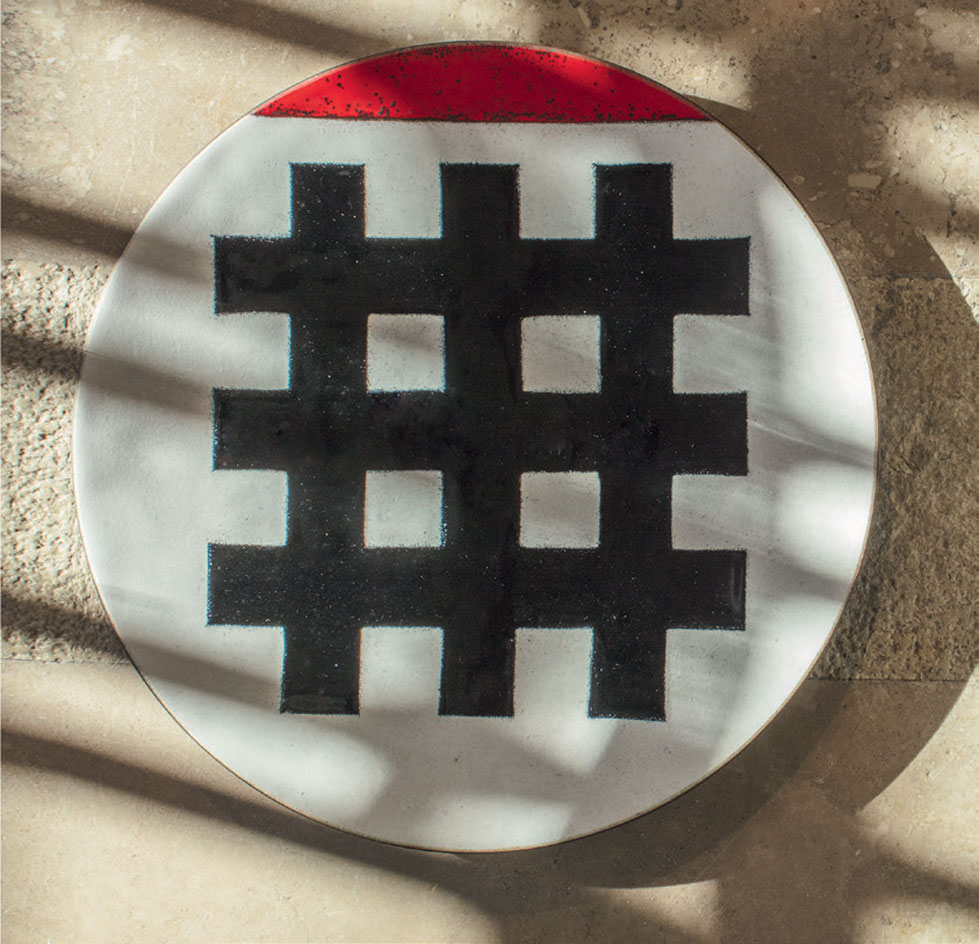
Enamel plate, 1958, originally exhibited at Milan gallery Il Sestante
INFORMATION
’Ettore Sottsass: La Céramique 1955-1970’ is on view until 20 August at Negozio Olivetti. For more information, visit the Negozio Olivetti website
ADDRESS
Negozio Olivetti
Piazza San Marco 101
30124 Venice
Wallpaper* Newsletter
Receive our daily digest of inspiration, escapism and design stories from around the world direct to your inbox.
-
 All-In is the Paris-based label making full-force fashion for main character dressing
All-In is the Paris-based label making full-force fashion for main character dressingPart of our monthly Uprising series, Wallpaper* meets Benjamin Barron and Bror August Vestbø of All-In, the LVMH Prize-nominated label which bases its collections on a riotous cast of characters – real and imagined
By Orla Brennan
-
 Maserati joins forces with Giorgetti for a turbo-charged relationship
Maserati joins forces with Giorgetti for a turbo-charged relationshipAnnouncing their marriage during Milan Design Week, the brands unveiled a collection, a car and a long term commitment
By Hugo Macdonald
-
 Through an innovative new training program, Poltrona Frau aims to safeguard Italian craft
Through an innovative new training program, Poltrona Frau aims to safeguard Italian craftThe heritage furniture manufacturer is training a new generation of leather artisans
By Cristina Kiran Piotti
-
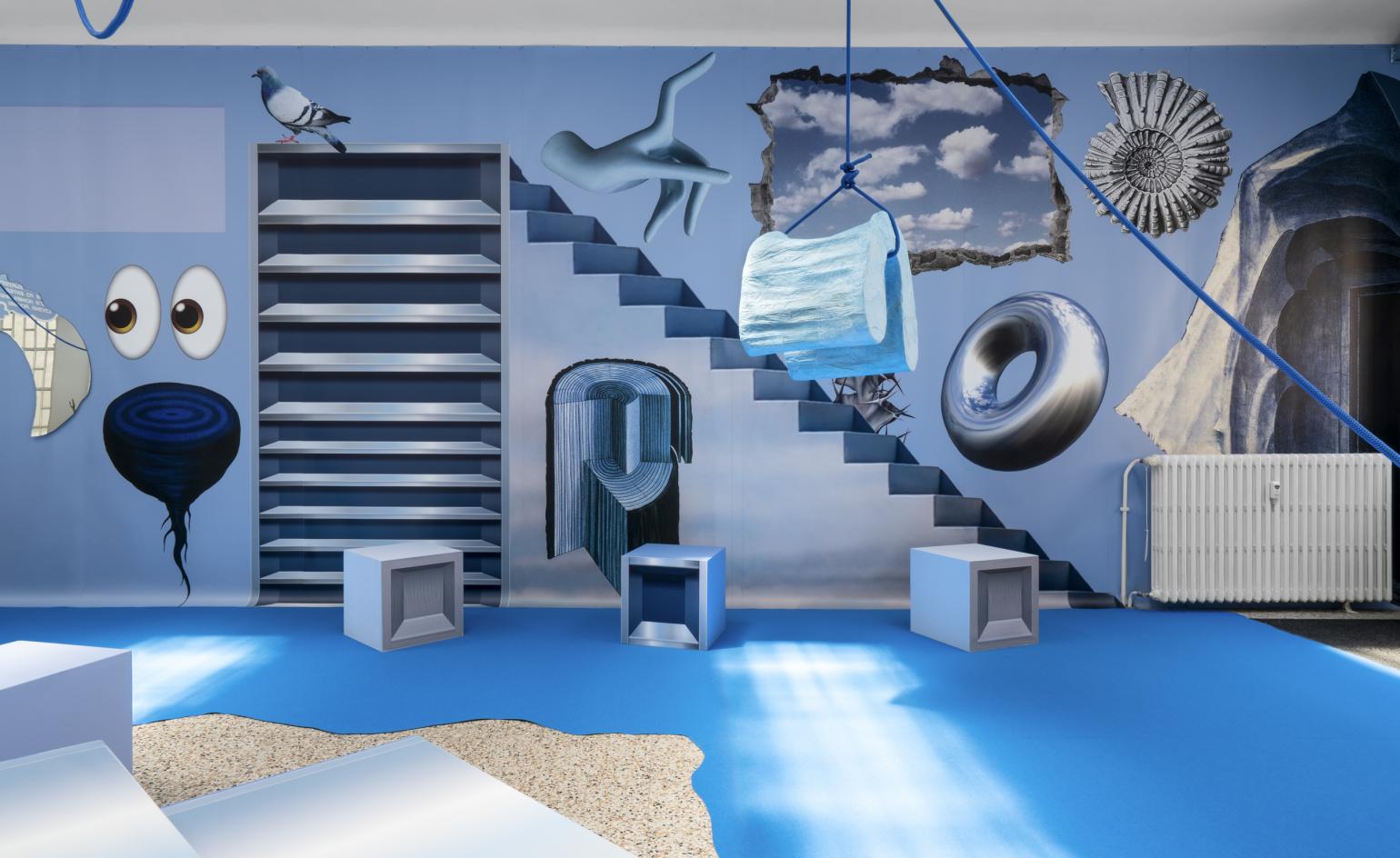 ‘You don't want space; you want to fill it’: Milan exhibition
‘You don't want space; you want to fill it’: Milan exhibitionMaking its debut during Milan Design Week 2022 at Marsèll Paradise, a new exhibition by Matylda Krzykowski, explores how we approach the space we live in (until 15 July 2022)
By Cristina Kiran Piotti
-
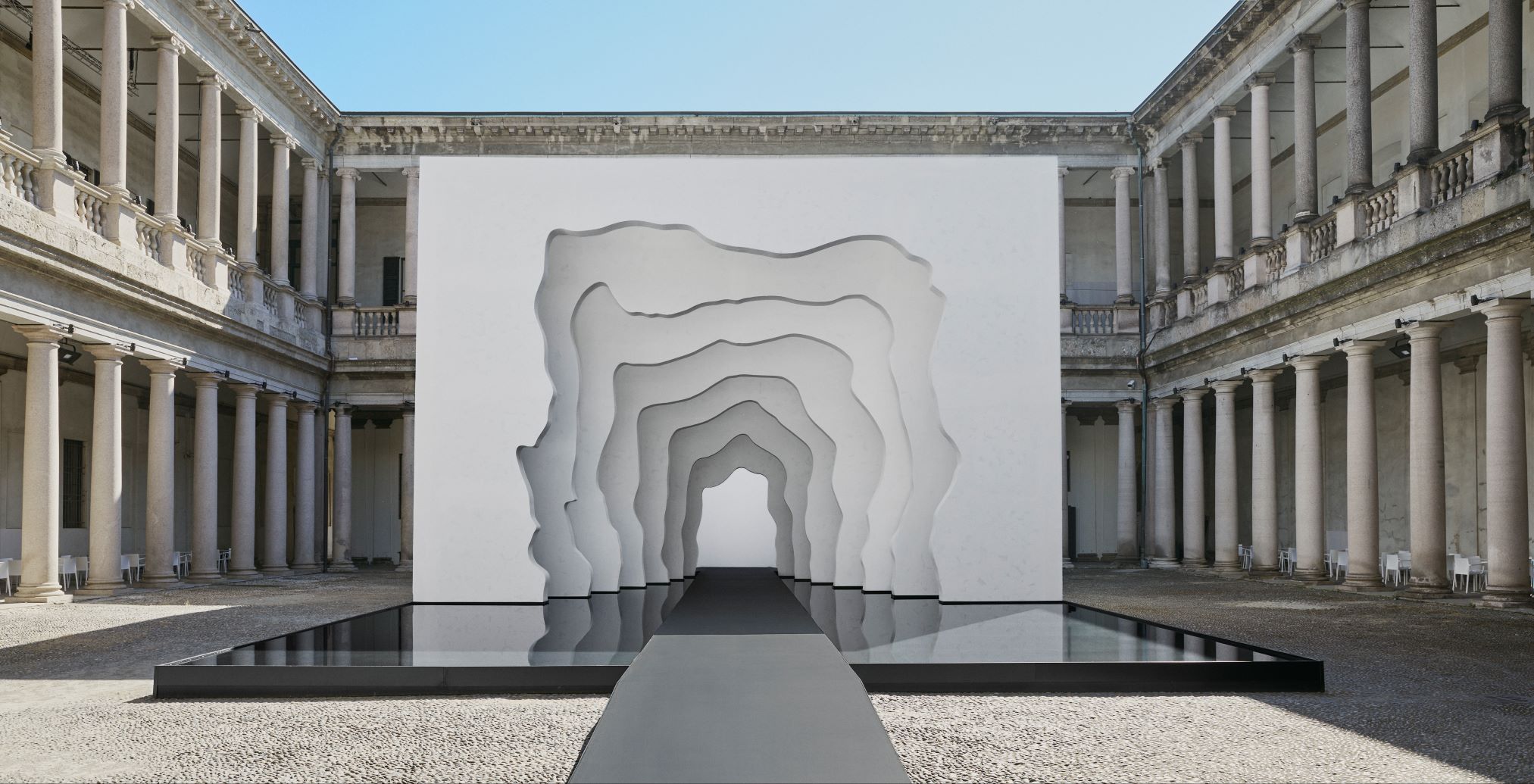 Kohler and Daniel Arsham brought experiential art to Milan Design Week
Kohler and Daniel Arsham brought experiential art to Milan Design WeekLooking back on Daniel Arsham and Kohler’s Divided Layers installation, and the brand’s latest bathroom collection
By Simon Mills
-
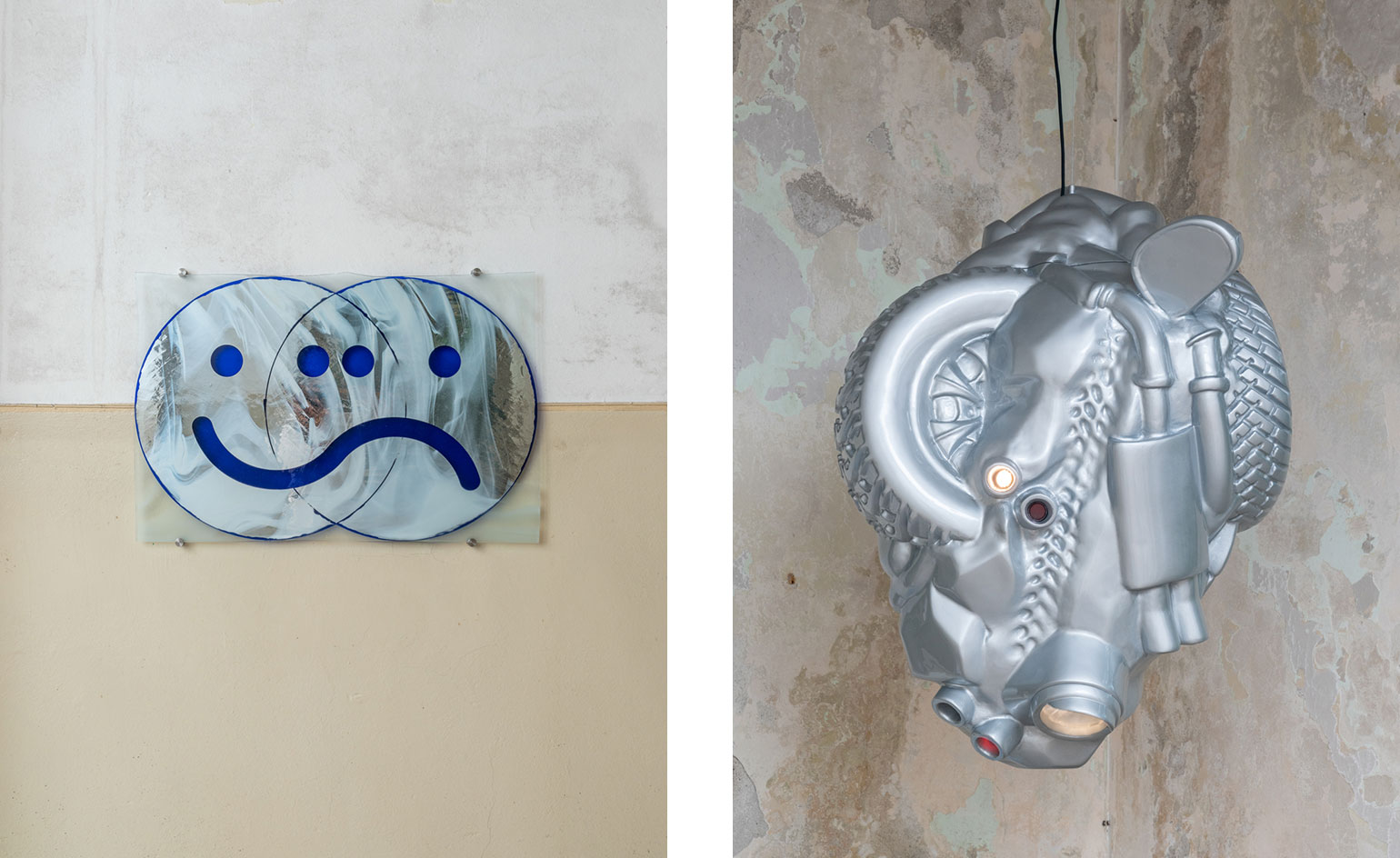 Men’s mental health takes centre stage at an art and design exhibition by Tableau
Men’s mental health takes centre stage at an art and design exhibition by Tableau‘Confessions’, which travels to Copenhagen’s 3 Days of Design following its debut at Milan Design Week 2022, features commissioned work by 14 male artists, designers and architects, reflecting on toxic masculinity, vulnerability and mental health
By TF Chan
-
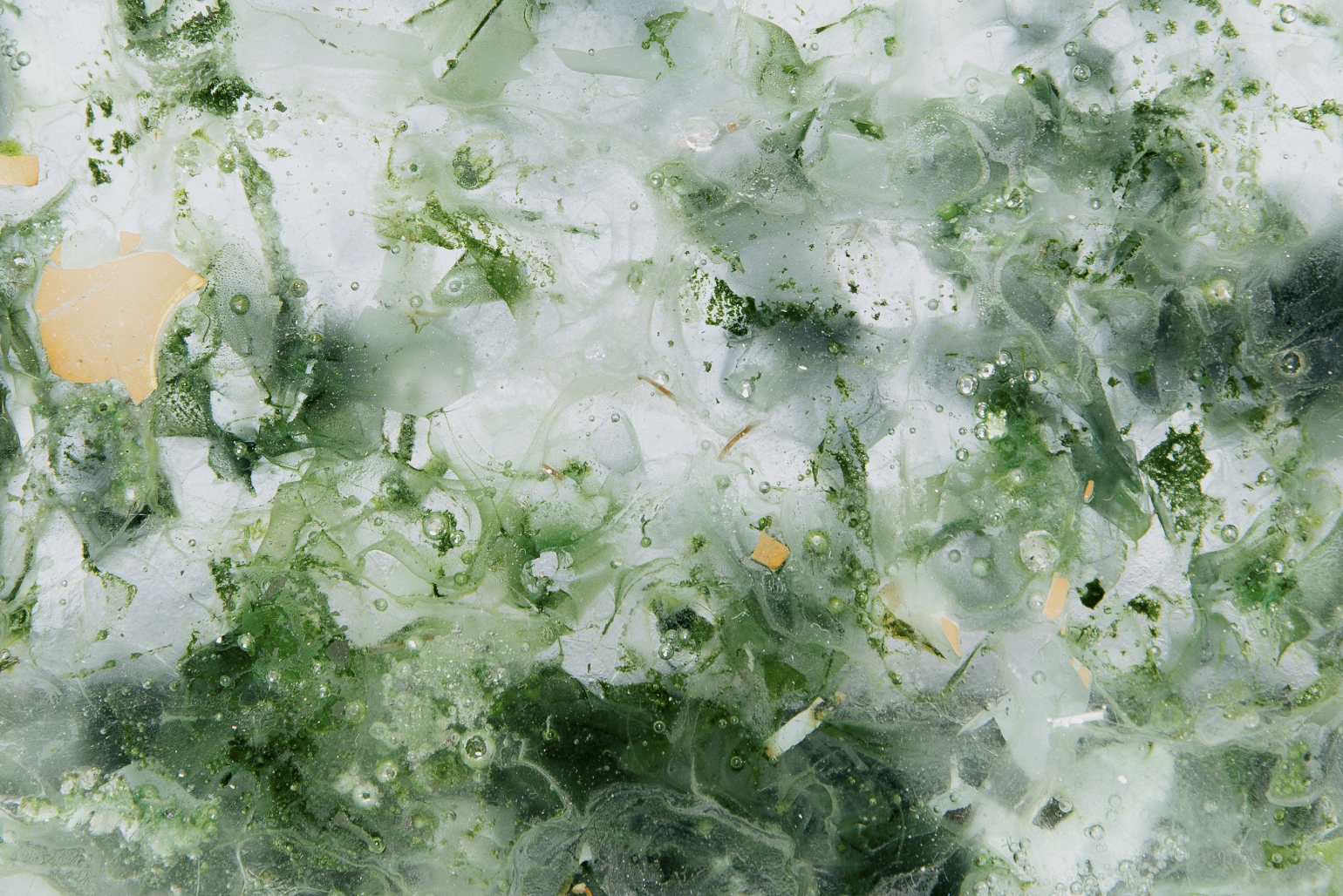 Recycled glass tiles by Studio Plastique, Snøhetta and Fornace Brioni launch in Milan
Recycled glass tiles by Studio Plastique, Snøhetta and Fornace Brioni launch in MilanThe ‘Forite’ tile collection, which upcycles glass components from discarded fridges, ovens and microwaves, launches with an exhibition at Alcova during Milan Design Week 2022
By TF Chan
-
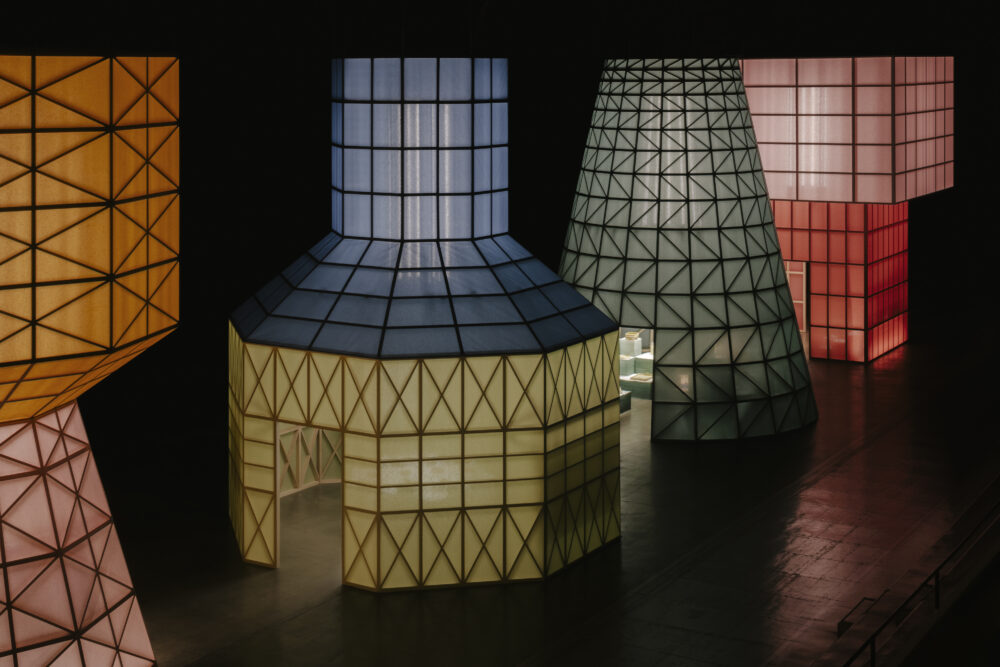 Hermès’ annual Milan Design Week spectacle is inspired by brutalist water towers
Hermès’ annual Milan Design Week spectacle is inspired by brutalist water towersBringing colour and lightness to Fuorisalone 2022, Hermès’ installation at La Pelota conceals the maison’s latest collections of furniture, accessories and lighting
By Rosa Bertoli
-
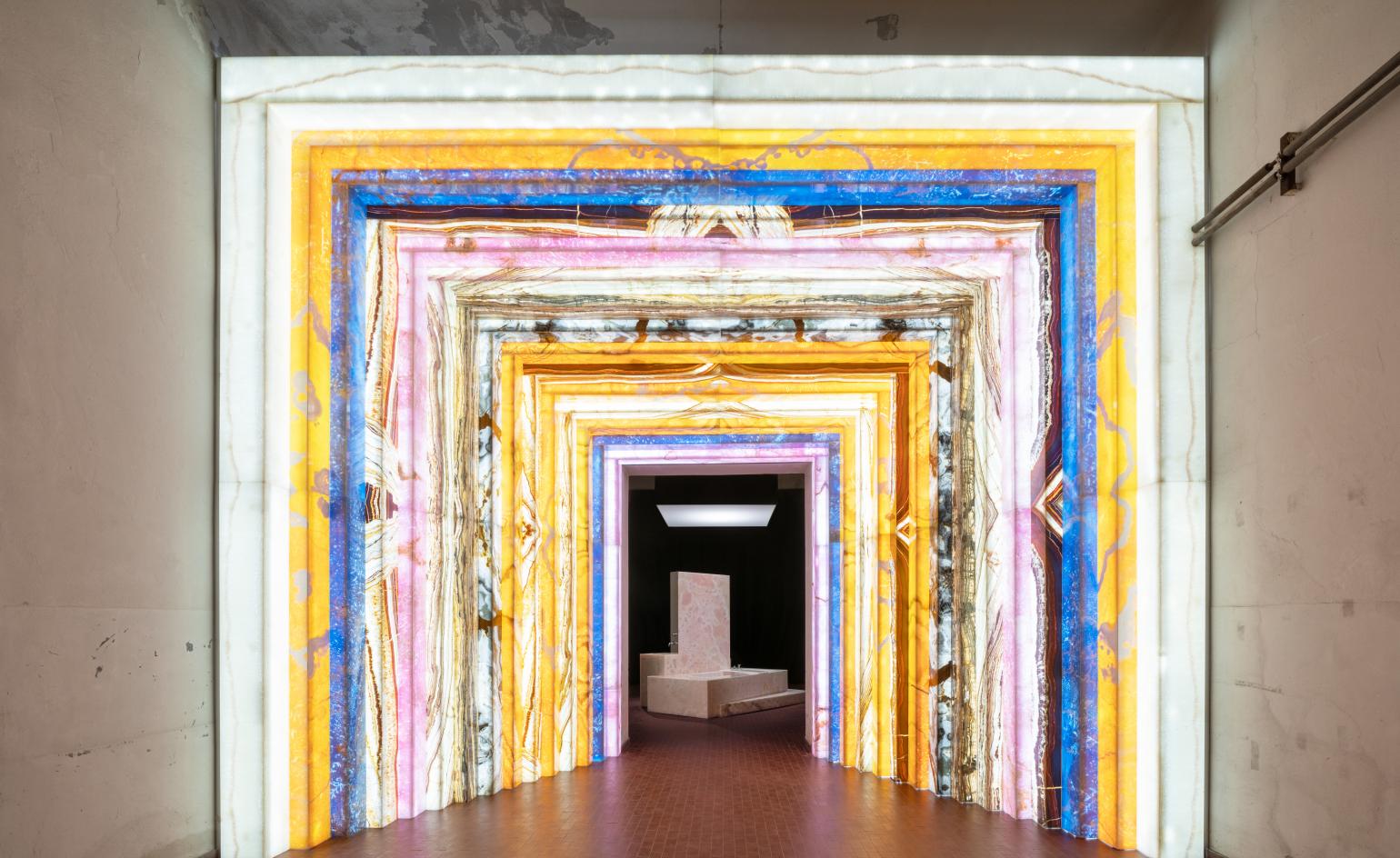 Alcova: wellbeing, cultural identity and the environment in focus at Milan Design Week 2022
Alcova: wellbeing, cultural identity and the environment in focus at Milan Design Week 2022In its fourth edition during Milan Design Week 2022, Alcova brings together a diverse group of designers and brands curated by Valentina Ciuffi and Joseph Grima
By Sujata Burman
-
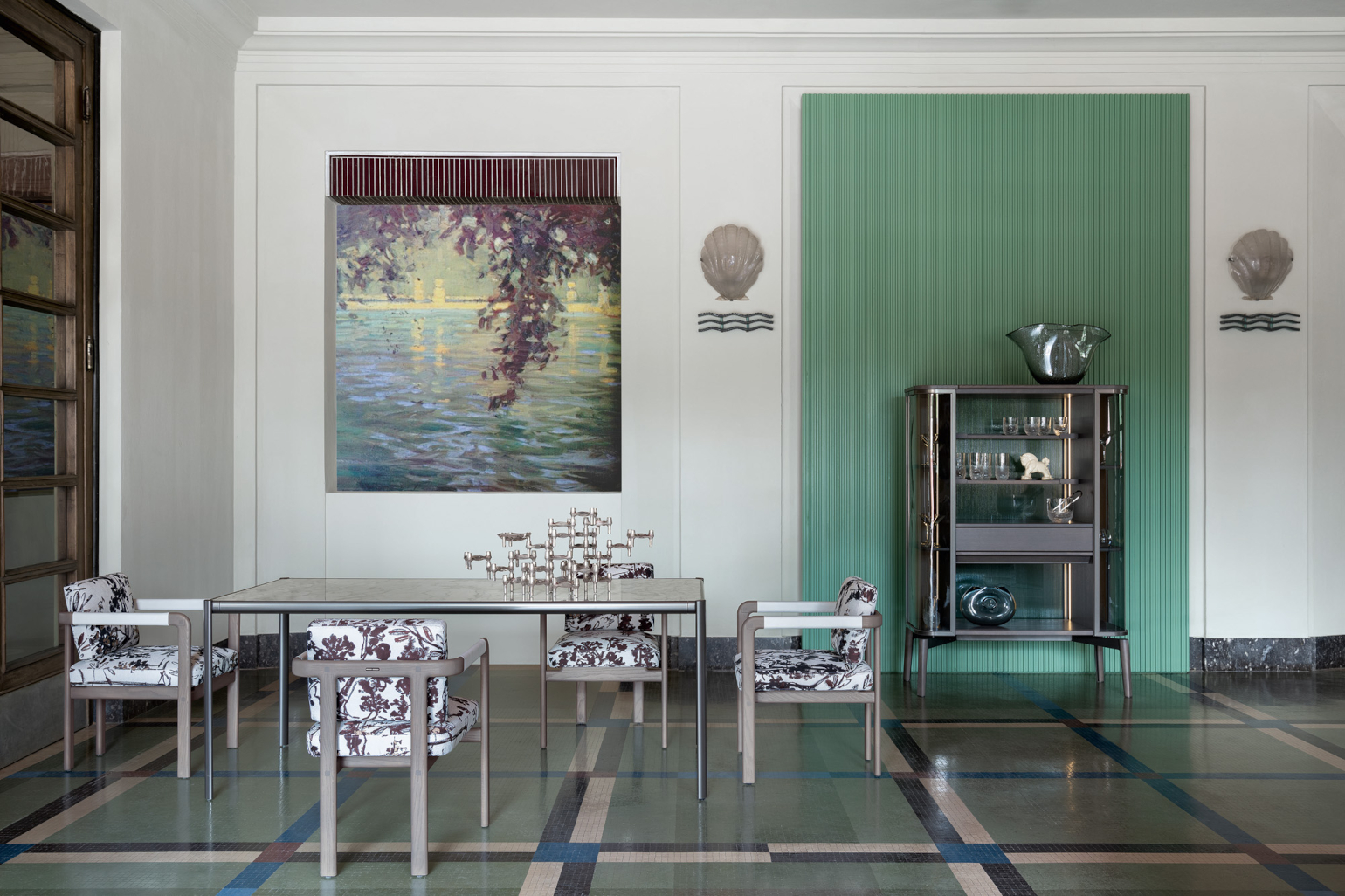 New Giorgetti furniture balances beauty and functionality
New Giorgetti furniture balances beauty and functionalityNew Giorgetti furniture, revealed at Salone del Mobile 2022 and photographed here at the rationalist Castrocaro Terme, is perfectly poised between beauty and functionality
By Rosa Bertoli
-
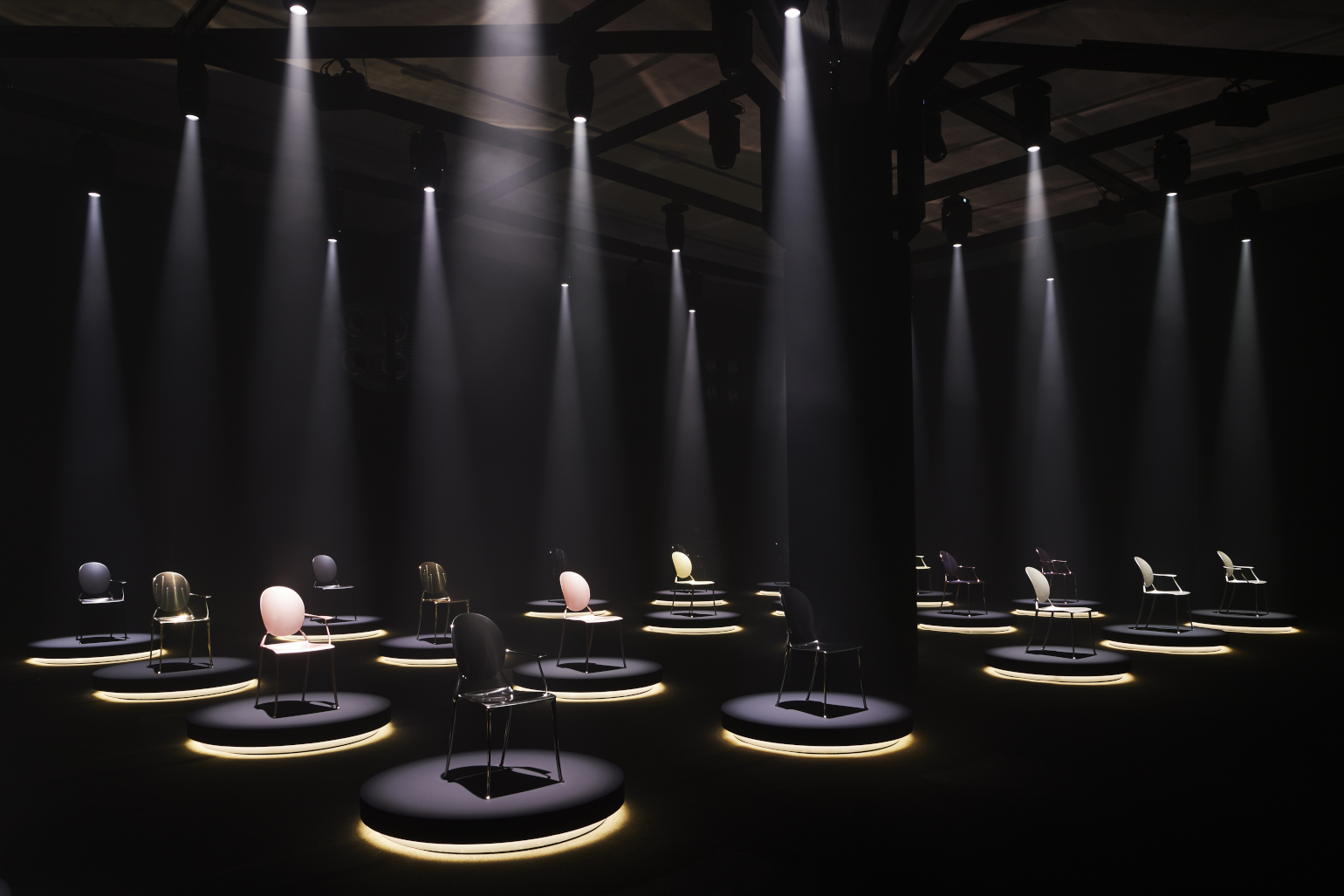 Philippe Starck reinterprets Dior’s Louis XVI Medallion chair in Milan
Philippe Starck reinterprets Dior’s Louis XVI Medallion chair in MilanDior has commissioned Philippe Starck to put a contemporary twist on a classic piece of seating for Milan Design Week 2022, complete with an immersive installation at Palazzo Citterio
By TF Chan